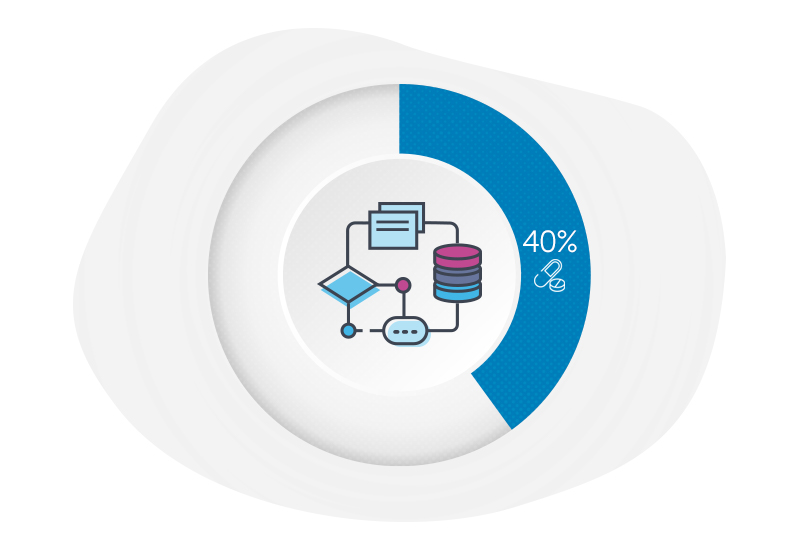Predicting the best treatment for vesicoureteral reflux in kids: The power of machine learning

The result of abnormal formation of the normal valve between the kidney and bladder, vesicoureteral reflux (VUR) can lead to recurrent febrile urinary tract infections (UTIs) and kidney scarring in children. Previous research has shown that when taken continuously, prophylactic antibiotics can reduce the risk of recurrent UTI in about half of this population. However, this approach can also pose potential problems, such as antibiotic resistance.
Predicting recurrent UTIs
Using data from the Randomized Intervention for Children with Vesico-Ureteral Reflux (RIVUR) and Careful Urinary Tract Infection Evaluation (CUTIE) trials, pediatric urologist Hsin-Hsiao Scott Wang, MD, MPH, MBAn, and his colleagues in the Department of Urology at Boston Children’s Hospital previously developed a machine learning model aimed at predicting recurrent UTIs associated with VUR. The novel machine learning algorithm showed very robust performance in determining which patients with UTIs required further testing for VUR.
“With our predictive algorithm, we can provide personalized care with much better quality for our VUR patients to assign diagnostic imaging and treatments to only those who need them, and spare the adverse effects for those who don’t,” says
Building on that work, the team recently sought to predict to determine whether a similar model could predict the probability of recurrent UTIs. Based on data from 607 pediatric patients who were part of the RIVUR trial, the researchers created a model to predict recurrent UTI risk with and without continuous antibiotic prophylaxis.
Targeted antibiotic prophylaxis
The model’s ability to predict recurrent UTIs was strong, with an “area under curve” of 0.82. Wang and his colleagues found that giving continuous antibiotic prophylaxis to 40 percent of patients with VUR — instead of giving them to all VUR patients — could result in minimal recurrent UTIs. These findings were published in the April 2021 issue of The Journal of Urology.
This machine learning model could allow physicians to identify the patients who would benefit most from antibiotic prophylaxis, so those who don’t need it will be spared any adverse drug effects. Such a tool could also achieve optimal outcomes while minimizing unnecessary treatments and saving costs.
“We are very excited about the prospects of marrying machine learning with challenging decision-making processes to elevate patient care,” says Wang.
Learn more about the Department of Urology.
Related Posts :
-

Harnessing the power of machine learning to improve urology care
Urodynamics — a group of tests that evaluate how well the body collects, and then releases, urine — can be crucial for ...
-

Recurrent UTIs in boys
Painful, frequent and urgent urination — they’re the telltale signs of a urinary tract infection, or UTI, something most ...
-

Innovative new shunt delivery system holds promise for treatment of fetal urinary tract obstruction
Urinary tract obstruction that occurs in utero can have serious consequences for the fetus. Such obstructions can block the flow ...
-

Botulism breakthrough? Taming botulinum toxin to deliver therapeutics
While rare, botulism can cause paralysis and is potentially fatal. It is caused by nerve-damaging toxins produced by Clostridium botulinum — ...





